Windows 8 vs Windows 7: 8 ways it's different
A brand new interface, Windows Store, ARM support and more
The other buttons are Search, Share, Devices and Settings and provide quick access to these functions on touch and pointer-driven displays alike.
As well as searching your apps and folders, charms work across different apps, so for example a social app can tap into the Share charm so you can share files to that app quickly and easily - it's contextual to the app you are using.
The Settings charm gives you quick access to basics such as volume and brightness controls, as well as putting your PC to sleep or restarting it.
The search and devices charms are fairly self explanatory, but the share charm is interesting.
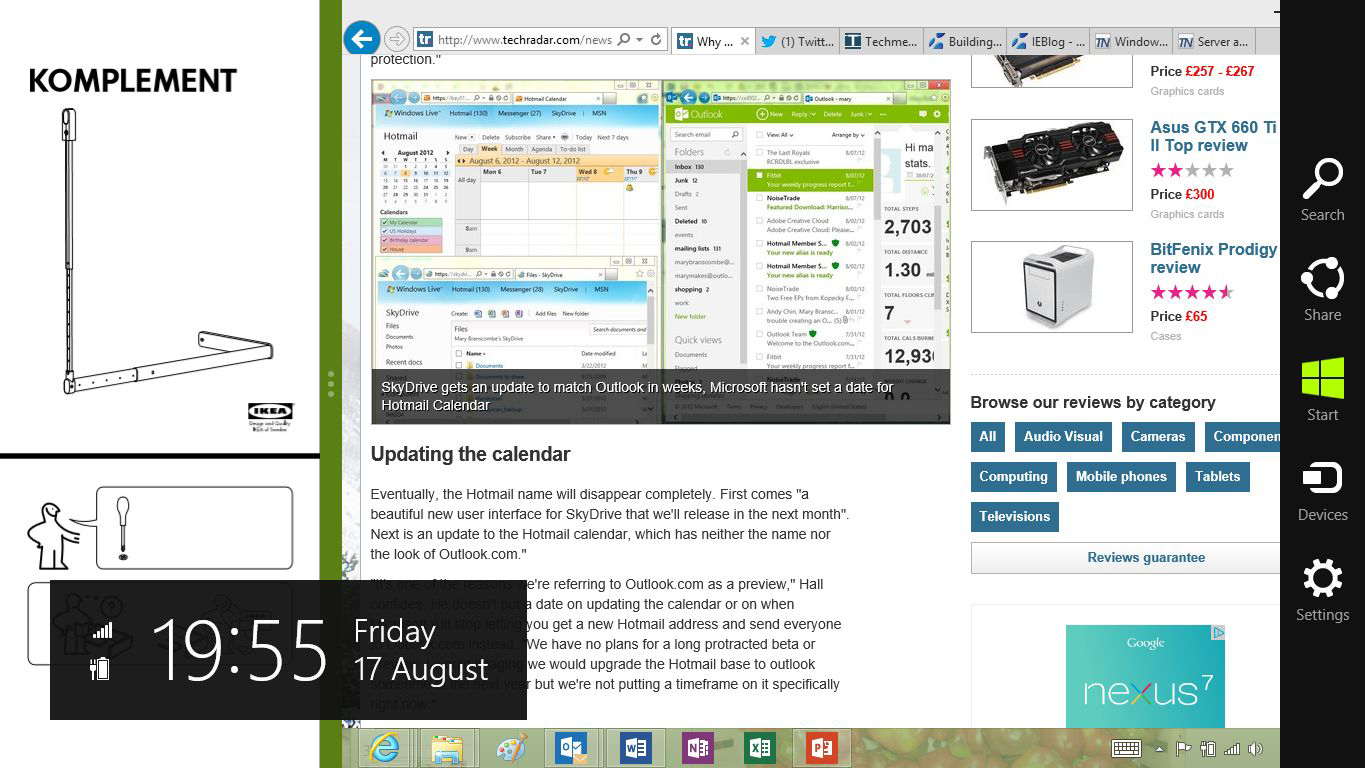
5. WIndows 8 Search and Social
With the Start menu gone, search is available not only through the Search charm but also through the Start Screen - just start typing and the results on screen are for programs and files.
As with Share, the Search charm is contextual, so you can search inside any app - for example you can do a web search from here, or look for a destination using the Travel app. Doing a web search is powerful and quick, it's a simple way to launch a browser and search speedily.
As for social, WIndows 8 supports Facebook, LinkedIn and Twitter natively, so you can browse social updates within the People app and elsewhere.
Are you a pro? Subscribe to our newsletter
Sign up to the TechRadar Pro newsletter to get all the top news, opinion, features and guidance your business needs to succeed!
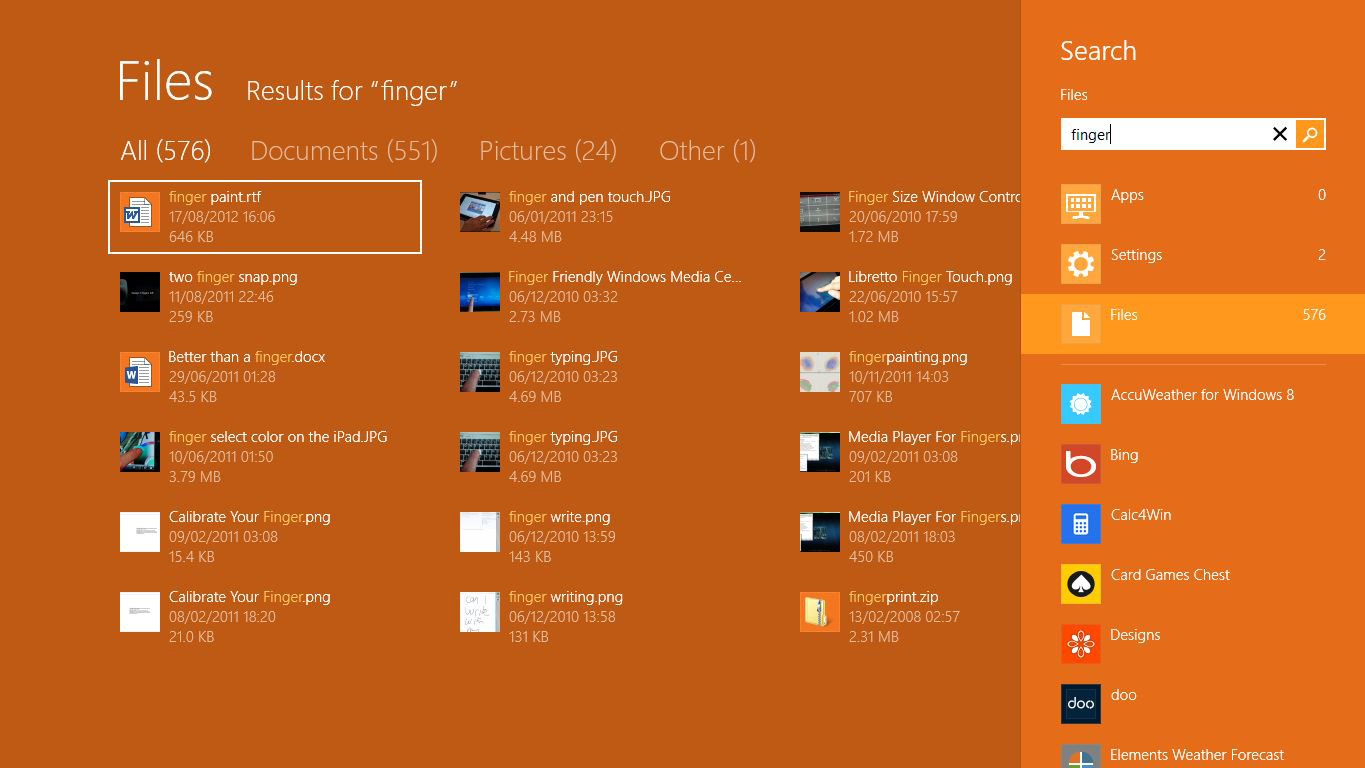
6. Windows 8 ARM support
Until now, Windows has only supported x86-based Intel and AMD PCs but that is all changing with Windows 8, which will support devices running on ARM architecture.
British company ARM's chip designs are being used in a growing number of devices, and Microsoft is keen to make Windows as widely available as possible - especially on cheaper Windows 8 tablets to compete with the iPad and Android tablets.
While ARM produce the original so-called 'instruction set' for the processors used in these devices, other people manufacture the chips. So expect to see Windows 8 tablet devices based on Nvidia's Tegra 3 and Qualcomm's Snapdragon to start with.
The version of Windows 8 used on ARM-based devices is actually referred to as Windows RT - this stands for runtime. You can't buy this separately, only with a device.
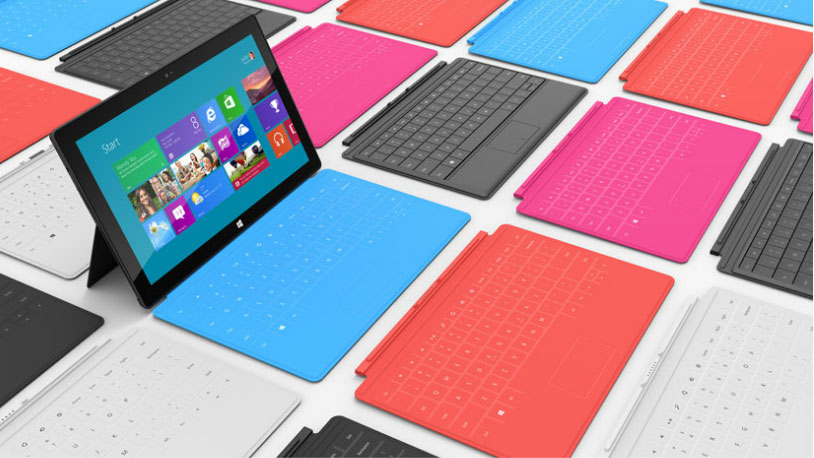
7. Windows Store
Microsoft's Windows Store is a key part of Windows 8, offering both desktop and Modern UI apps, both free and paid. You can search the Store using the Search charm, as well as browse through the top free or top paid apps as well as look through apps by category.
When apps are updated, you can also download these updates very easily, just as you would on iOS or Android.
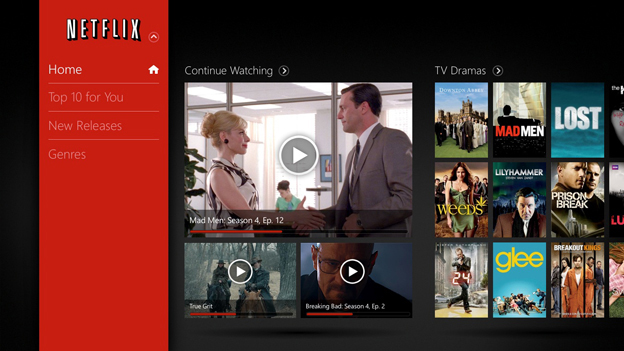
8. Windows 8 cloud integration
While Microsoft may not agree with Apple's Steve Jobs that we are in a post-PC era, it is clear that they are keen to make cloud integration central to Windows 8.
That means the potential to sync data to SkyDrive - there's a SkyDrive app as well as the ability to save data to and from your cloud storage. Office 2013 apps have SkyDrive capabilities included, too.
Microsoft also syncs settings your Windows 8 PCs - including your browsing history in IE, for instance. Photos can also be shared across multiple PCs.
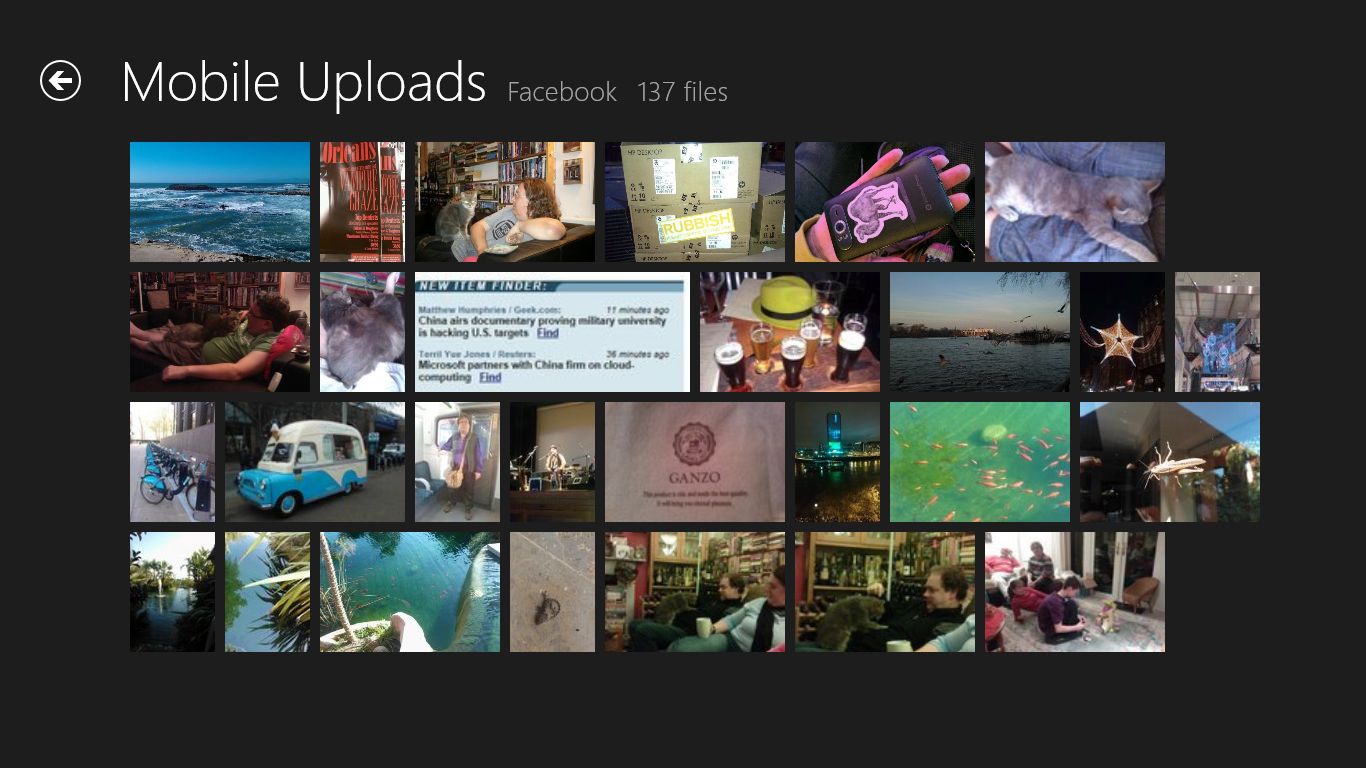
Dan (Twitter, Google+) is TechRadar's Former Deputy Editor and is now in charge at our sister site T3.com. Covering all things computing, internet and mobile he's a seasoned regular at major tech shows such as CES, IFA and Mobile World Congress. Dan has also been a tech expert for many outlets including BBC Radio 4, 5Live and the World Service, The Sun and ITV News.